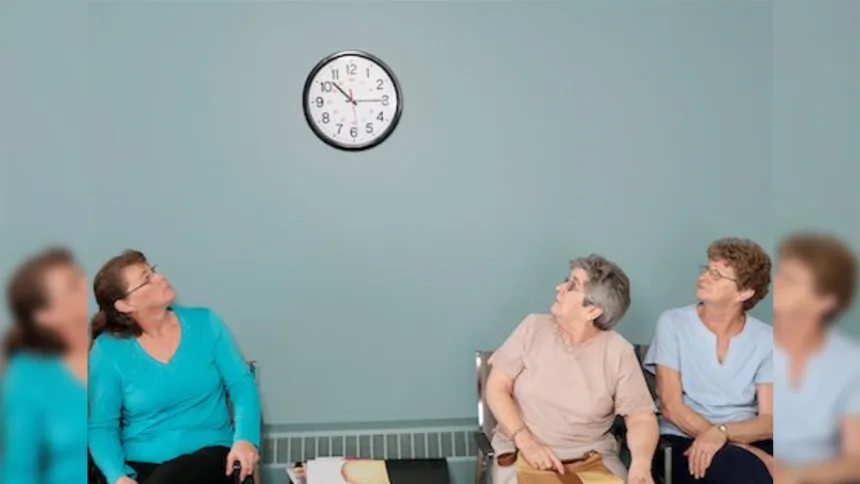Here’s how firstpass can help you when it comes to patient waiting times.
How do Wait Times impact the Patient Experience?
According to McCarthy, McGee & O’Boyle, and PricewaterhouseCoopers, studies show that up to 65% of patients rate waiting times in clinics as being unsatisfactory. While 34% of patients said they would change their habits based on their experience.

So how can firstpass from Vectramind reduce patient wait times?
firstpass, is an AI-native, unified patient experience and engagement platform that has an in-built algorithm for wait time calculations and ascertained for every department/ service. They really define the measure of success when it comes to defining AI-driven patient journeys, more of which you can read about in our blog on why patient journeys matter, by clicking the link here.
Wait time thresholds are set by the system as per pattern analyses or a manual approach.
Whenever the thresholds for waiting times are crossed, the system alerts supervisors/HODs to bring in their notice about patients waiting beyond normal wait times.
Patients are notified in real time over the mobile app, and through text messaging they get to know the wait time they are going to experience.
Smart Adaptive Routing
In a non-physician journey, patients are routed to service locations across hospitals in a manner that helps them minimize waiting times.
They also ensure that a single service location does not get overcrowded keeping the other lean. In this way, they ensure that the hospital’s care load is also balanced by effectively managing the wait times.
Why is Wait Time Analysis important?
The amount of time a patient spends in waiting to get medical attention is one factor that affects the overall utilization of healthcare services. Patients perceive long waiting times as a barrier to actually obtaining services and keeping patients waiting unnecessarily can be a cause of stress for both patient and doctor.
Healthcare organizations that strive to deliver exceptional services must effectively manage their clinic wait.
Failure to include consumer-driven features into the design of the wait time experience could lead to patient and provider dissatisfaction.
Also Read : The Patient as CEO: How technology is transforming healthcare
In The Patients’ Charter, a standard is laid down stating that all patients who attend out-patient clinics should be seen within 30 minutes of their appointment time. It discusses how a statistical monitoring system using a “low technology” approach was implemented at Leicester General Hospital during 1992-93. This was instrumental in raising the proportion of patients seen within 30 minutes, from under 50 percent to over 80 percent in 15 months.
Many studies suggest that patient satisfaction is significantly negatively correlated with the waiting time. A well-designed healthcare system should not keep patients waiting too long for an appointment and consultation.
It’s a relief to know that in this respect, firstpass is the cure that healthcare providers have been looking for.
To know more about the capabilities of firstpass beyond patient waiting times and how it’s holistic approach to harnessing the power of its modules can help you, visit: https://www.vectramind.com/#/firstpass
Excerpts from a paper by Balagopal Ramdurai
CTO, Products & Innovation, Vectramind Corporation















